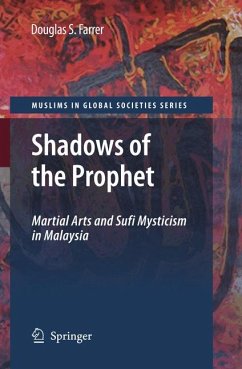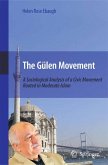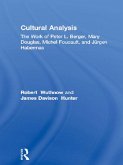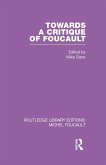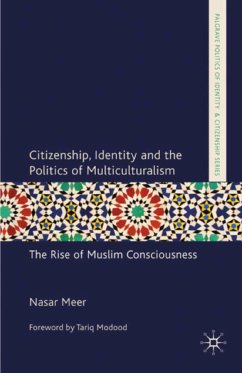Contemporary accounts of Malay culture that focus on shamanism, dance, medicine and performance reveal only a partial view of Malay mysticism. However, given knowledge of the Malay martial art (silat) a more comprehensive understanding of Malay mysticism, religion, sorcery and magic becomes possible. Recognizing the silat master's (guru silat) role in Malay mysticism recon? gures the social anth- pology of Malay religion, sorcery and magic. Hence this account explores Malay mysticism, shamanism and sorcery from the perspective of silat, which may be considered as a kind of embodied war magic or warrior religion. Shadows of the Prophet: Martial Arts and Su Mysticism is based upon my d- toral dissertation (Farrer 2006b). Part I of the book, re ections, outlines the meth- ological and theoretical base of the research. Chapter 1 outlines the ? eldwork method of performance ethnography used to investigate a transnational silat organization called Seni Silat Haqq Melayu. This group are an offshoot of the Islamic Haqqani- Naqshbandi Su? Order headed internationally by Shaykh Nazim, and led in Sou- east Asia by a Malay Prince; H. R. H. Shaykh Raja Ashman. Readers who prefer to delve directly into the ethnographic materials may skip Chapter 2, which contains an extensive academic literature review of anthropological theories of art, embo- ment, magic, and performance read alongside Malay animism, shamanism, ritual and theatre.
Dieser Download kann aus rechtlichen Gründen nur mit Rechnungsadresse in A, B, BG, CY, CZ, D, DK, EW, E, FIN, F, GR, HR, H, IRL, I, LT, L, LR, M, NL, PL, P, R, S, SLO, SK ausgeliefert werden.

